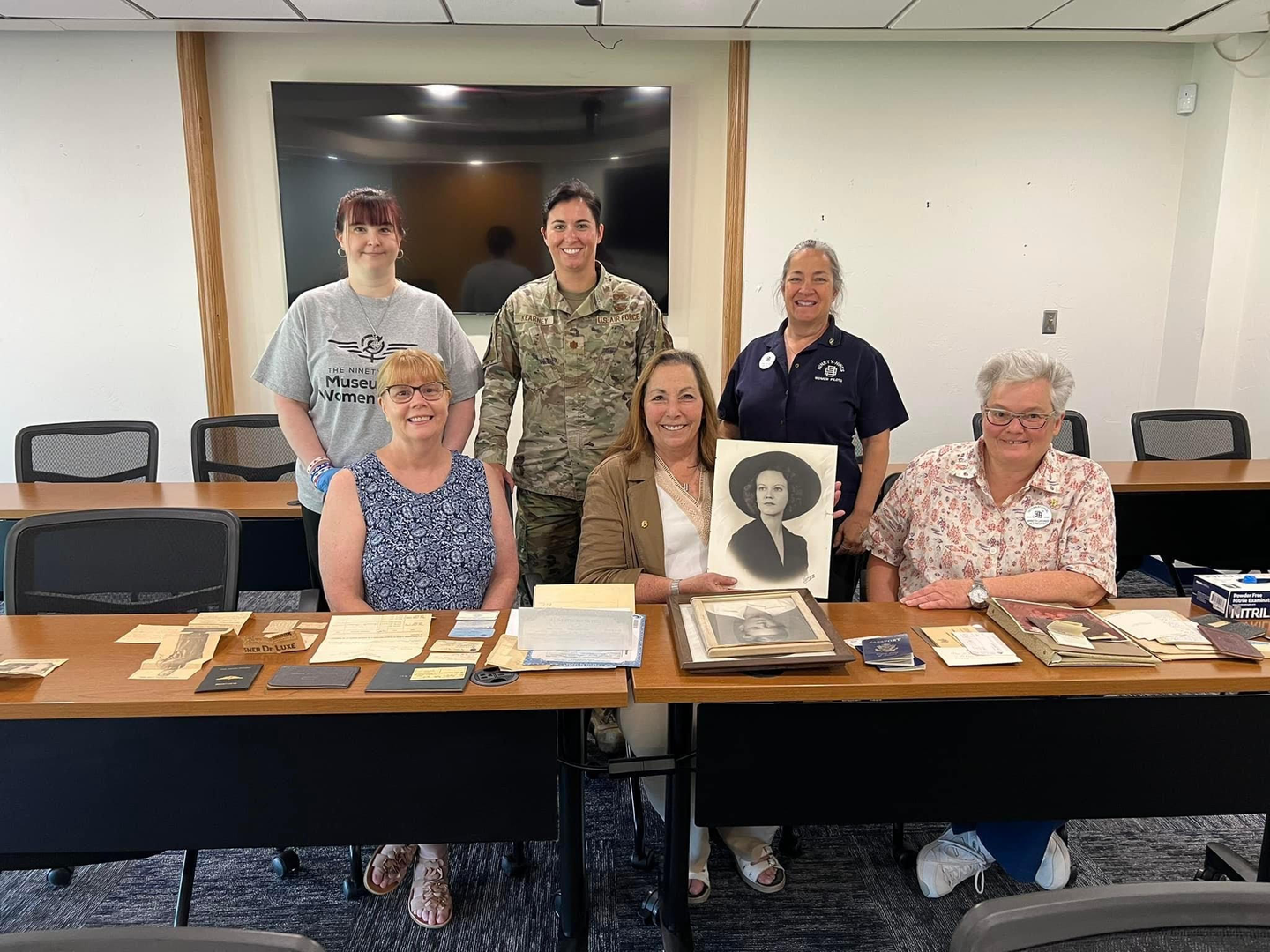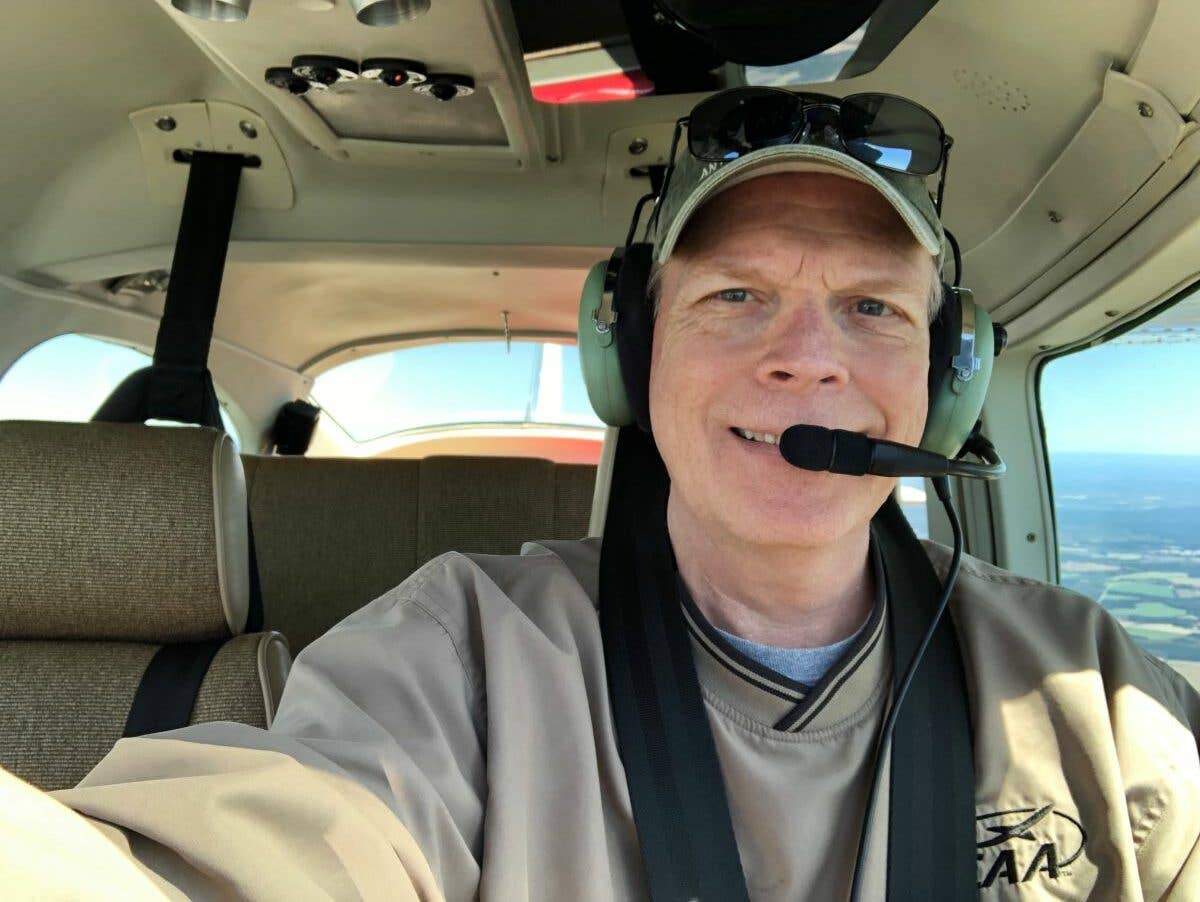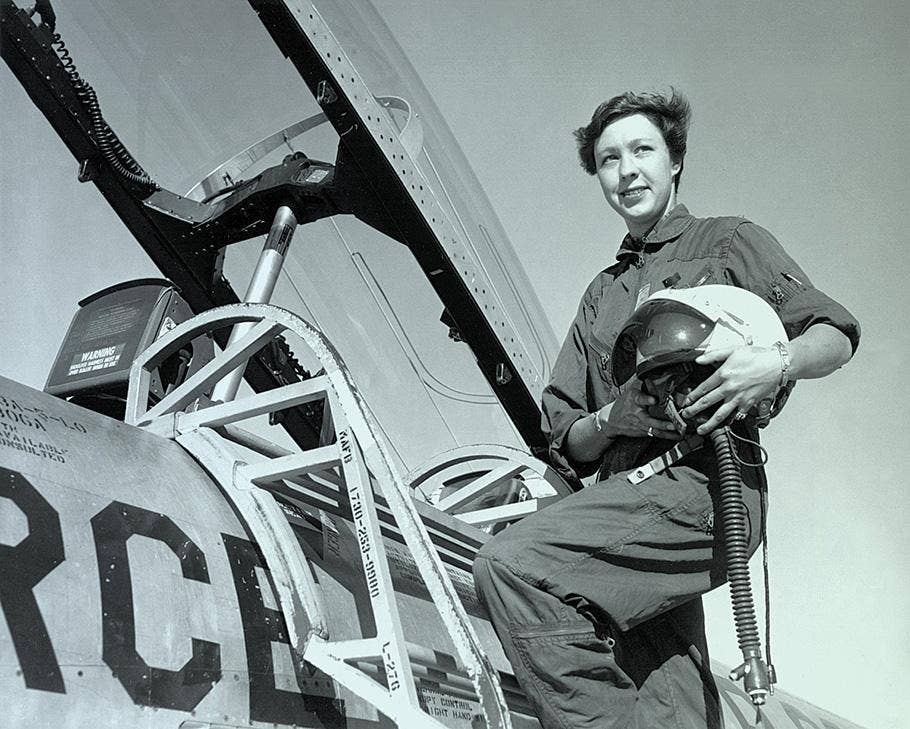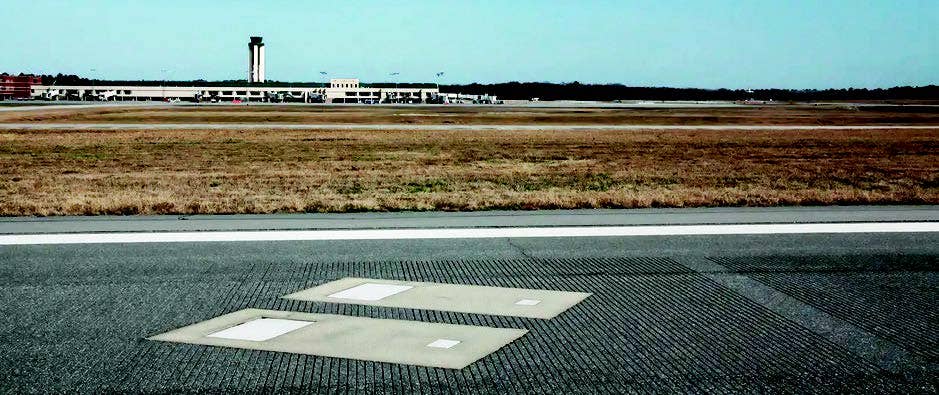One ATC Sector of Separation
Reflecting on a friend’s emergency situation in flight, thanks to some bird ingestion.

A bird ingestion created an irregular airflow throughout the left engine, causing erratic surges. [iStock]
Most of us are familiar with the idiom “six degrees of separation.”
The theory, based on a 1929 short story, supposes that we are all connected by a chain of five other people. Essentially, it’s the small world philosophy. Airplanes make the world even smaller. Such was the case on a day that my flying coincided with a friend that lives miles away. In addition, it was the same day in January that an Alaska Airlines 737 Max 9 lost a door plug in the fuselage, providing a harrowing experience for both passengers and crew.
If you're not already a subscriber, what are you waiting for? Subscribe today to get the issue as soon as it is released in either Print or Digital formats.
Subscribe NowOne of my favorite Florida airports is Albert Whitted (KSPG), situated on Tampa Bay in St. Petersburg. Its location is within arm’s reach of downtown. The airport’s history is a nostalgic mix of aviation’s golden age, U.S. Coast Guard operations, and military training. The restaurant provides a scorecard-worthy landing view of the prevailing runway, notwithstanding a great menu selection for breakfast, lunch, and dinner. So, when my friend, Joe Bailey, a Southwest Airlines copilot, needed a ride to pick up his Twin Comanche from its minor upholstery renovation, I was pleased to provide my ferry services.
The trip also provided an opportunity to spend some time with my friend and airplane interior designer, George Mitri. Accompanying me was my friend and neighbor, Jack Kurdock, one of my frequent flyers who has an inquisitive engineering mind and appetite for a good burger. I provided concierge service for Bailey, flying eight minutes nonstop from our home base of Flagler Executive Airport (KFIN) and picking him up at Ormond Beach Municipal Airport (KOMN), where his Comanche was currently residing. Typical for airline pilots after coming home from a long trip, Bailey was happy to sit in the back of my Piper Arrow rather than perform copilot duties.
With the interior inspection and lunch complete at KSPG, we made certain that all was well with Bailey’s airplane, waiting until both props were spinning and he taxied away. Although the weather was severe blue and white skies, I filed IFR, which takes the stress out of navigating
Tampa and Orlando’s Class B airspace as a VFR operation. That said, we had to accept the consequences of holding for a release, which took painfully longer than anticipated. Four decades of practicing my airline pilot voice did nothing to expedite the process.
Once airborne we proceeded via the typical waypoints and ATC sectors until an unusual handoff. With the frequency change, the controller advised that the next Orlando sector was very busy and to allow some time before checking in. An emergency was in progress at KMCO. “No worries,” I replied, thinking that my request for a shortcut on the route would not be in the cards. The emergency aircraft was mentioned, but it never transmitted on our frequency.
Unbeknownst to me, a serendipitous and unrelated phone call about a week later to my friend and Cessna Citation M2 owner, Tom Torti, revealed that it was he who had declared the emergency after experiencing two loud bangs at FL 340 en route to my former hometown airport of Danbury, Connecticut (KDXR). It turns out that the incident was an interesting set of circumstances.
Approximately 80 miles off the Florida coastline, shortly after leveling off, a loud bang rattled the airplane. It felt as if something had struck the M2. In the cabin, the wide eyes of both Torti’s wife and their golden retriever reflected the intensity of the event. Two to three minutes later, another bang was experienced. This time their furry family member thought it safer to take refuge off the floor and onto a seat.
No abnormal engine indications were noted. A little yaw “dance” occurred but subsided. A pressurization problem perhaps? Torti declared an emergency and requested direct to KMCO, knowing it was a Citation service center. Responding to the controller’s request as to the nature of the emergency, and not quite sure on how to define the problem, Torti replied that he was working through a controllability issue.
Requesting to remain at FL 340 until within gliding distance of the coastline, Torti mentally added a handful of shoreline airports as contingencies in the event the situation got worse. They landed without issues on Runway 18R at KMCO and taxied directly to the service center ramp.
Having experienced a similar situation in a Boeing 727 many years ago, I was fairly confident on what occurred. But let’s rewind back to Torti’s departure from Miami-Opa Locka Executive Airport (KOPF).
While holding for departure on Runway 9L, some type of bird with a 1-foot wingspan made a swooping dive at the M2. A thump was heard and then feathers appeared out the right-side window. Torti requested and was granted a taxi clearance to park away from the runway so that a visual inspection could be conducted.
All parts of the airplane were inspected with a focus on the right engine. Nothing that provided evidence of a bird strike or ingestion was found. Torti departed without abnormalities right up until the big bang at FL 340.
Fast-forwarding to the Citation service center, the techs performed a preliminary inspection on the ramp, looking at various parts and pieces related to pressurization or anything else that could have caused the event. One tech had a hunch. He peered into the left engine. Lo and behold, the remnants of a suicidal bird were found distributed throughout the compressor section. A subsequent borescope inspection discovered bird innards.
Torti blamed himself for not spending more time scanning the left engine. I assured him that most of us would have made the same assumptions after witnessing feathers appear on the right side and the thump seeming to originate on the right side as well.
So, what happened? It was simply a compressor stall. The bird ingestion created an irregular airflow throughout the left engine, causing erratic surges. Although Torti and I joke that the M2’s Williams engine is just an expensive hair dryer, it can be susceptible to compressor stalls from even small sources of foreign object debris. Large fan engines are much less susceptible, unless, of course, your airplane is flying over the Hudson River and a flock of geese are encountered.
The fix was simply a compressor wash, which was much less than the $675,000 cost of the bird ingestion that destroyed an engine on Torti’s Mustang when one of his airplane partners had an encounter on short final.
At the end of the day, despite not diagnosing the problem, declaring an emergency was the prudent decision. Had Torti continued the flight, destroying the engine was a real possibility. I’m sure he would have handled the situation without difficulty, but no one needs the challenge of operating on one engine for real, especially over water.
Six degrees of separation? Apparently, it’s possible within ATC sectors. Who woulda thought?
This column first appeared in the April 2024/Issue 947 of FLYING’s print edition.

Subscribe to Our Newsletter
Get the latest FLYING stories delivered directly to your inbox







